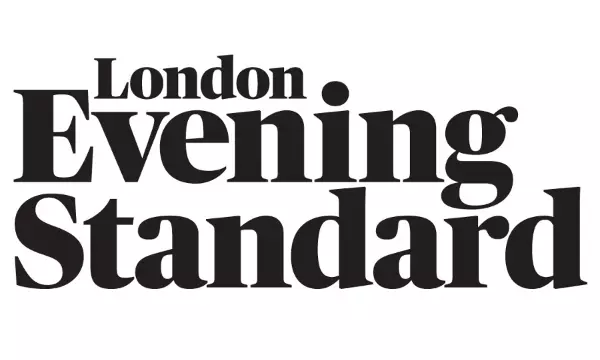
Bonds help add diversity to your portfolio and control risk. But they can be complicated. Zero-coupon bonds are cheaper to invest in than conventional bonds but have some unique characteristics that set them apart. We can help you understand the basics of zero-coupon bonds and make them work for you.
What is a bond coupon?
Most bonds make regular interest or "coupon" payments — but not zero coupon bonds. Zeros, as they are sometimes called, are bonds that pay no coupon or interest payment. With a conventional bond, you can typically expect to receive a coupon payment every six months. Zero-coupon bonds, on the other hand, credit you with interest but don't actually pay any until maturity.
How do zero-coupon bonds work?
The bonds are sold at a substantial discount from the face value, with the full value paid to the buyer years later. Zeros usually come in denominations as low as $1,000 and, depending on the maturity, are sold at discounts from face or par value of 50% to 75%.
You can buy a zero-coupon bond to pay for college expenses ten years down the road, sock it away, and forget about it until you withdraw the money. You're creating a stream of income that can pay tomorrow's bills today, at a big discount.
Zeros carry the usual market risks for investors, with this added kicker: The company that issues a zero could conceivably default without ever having paid you a penny of interest.
Tax treatment of imputed interest
There's one big gotcha. Even though you receive no annual interest, the IRS requires that you report the imputed interest just as if you were getting the checks. You owe tax each year on the prorated difference between what you paid for the bond and what you'll receive when it matures.
This makes zeros attractive primarily to people with IRAs, which doesn’t require you to pay tax until you take the money out. Zeros are available as municipal bonds, which also spare you the annual reporting chore. Zeros are also an attractive way to give financial gifts to kids who will probably be taxed at a lower rate than you would be.
Treasury STRIPS
Zero-coupon notes and bonds are not issued by the U.S. Treasury. Instead, “Treasury zeros ” are created by financial institutions and securities brokers and dealers through the Treasury’s STRIPS program.
STRIPS stands for “Separate Trading of Registered Interest and Principal of Securities,” and are a way for investors to own parts of eligible Treasury issuances (e.g. notes, bonds). The components of Treasury notes and bonds — the principal and interest of the securities — are separated into distinct holdings, in what is referred to as “coupon stripping.” Each component can be purchased and sold as an individual security on the secondary markets upon separation.
Similar to other zeros, STRIPS trade at a discount to face or par value. The difference between the purchase price and par value is the return earned on the STRIPS.
Bottom line
Zero-coupon bonds trade at a discount and don't pay interest during the term of the bond. The interest isn't invisible to the IRS and must be reported and taxes owed must be paid as if the interest had been received. That's why holding zeros in an IRA is popular. You don't need to worry about paying taxes until you make a withdrawal.
While these bonds don't offer the steady stream of income that conventional bonds do, zero-coupon bonds are often purchased to meet a future expense such as college costs or an anticipated expenditure in retirement.







